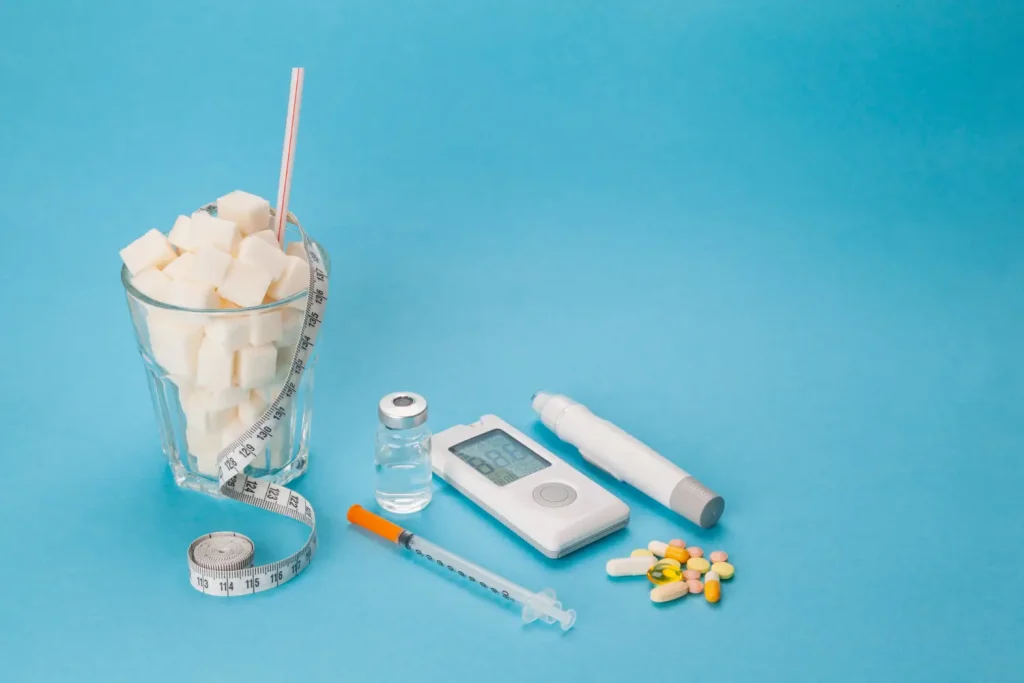Detailed guidelines and prescribing information for vaccines are crucial for ensuring safe and effective administration. According to experts, accurate prescribing information helps healthcare providers follow best practices, minimize potential risks, and optimize patient outcomes.
Gardasil, an HPV vaccine, plays a vital role in preventing various HPV-related cancers and diseases. Understanding the prescribing information for Gardasil, including dosage, administration, and potential side effects, is essential for healthcare providers and patients alike.
In this article, we will explore Gardasil’s prescribing information, covering everything from recommended age ranges and dosage schedules to safety precautions and common side effects.
Key Takeaways
- Gardasil is indicated for the prevention of cervical cancer, vulvar and vaginal cancers, anal cancer, and genital warts caused by certain HPV types.
- Gardasil is administered as an intramuscular injection of 0.5 mL per dose and is suitable for individuals aged 9 to 45, including males.
- The vaccination schedule varies based on the individual’s age at the time of the first dose. A two-dose schedule is recommended for ages 9 to 14, and a three-dose schedule is recommended for ages 15 to 45.
- Healthcare providers should screen patients for contraindications before administering Gardasil and monitor them for immediate adverse reactions post-vaccination.
About: Medical Spa RX provides medical practices with premium products at the best prices. If you’re looking to buy Gardasil for your practice, the sales representatives at Medical Spa RX can give you guidance.
Indications and Contraindications

Gardasil is indicated for the prevention of the following conditions:
- Cervical Cancer: Gardasil protects against cervical cancer caused by HPV types 16 and 18.
- Vulvar and Vaginal Cancers: It also guards against vulvar and vaginal cancers associated with the same HPV types.
- Anal Cancer: Gardasil provides protection against anal cancer caused by HPV types 16 and 18.
- Genital Warts: The vaccine prevents genital warts caused by HPV types 6 and 11.
Gardasil should not be used in individuals who are allergic to yeast or any components of the vaccine, such as aluminum (500 mcg), sodium chloride (9.56 mg), and L-histidine (0.78 mg). Those who have experienced a severe allergic reaction after a previous dose should not continue with additional doses.
Additionally, Gardasil is not recommended during pregnancy, and women are advised to delay vaccination until after pregnancy.
Recommended Dosing Regimen

Gardasil is administered as an intramuscular injection of 0.5 mL per dose, typically injected into the upper arm (deltoid muscle) or thigh. The vaccine is suitable for individuals aged 9 to 45, including Gardasil for male use.
It protects against nine types of HPV, including those most commonly linked to cancers and genital warts. Each dose is pre-filled, ensuring the correct amount is administered during each visit.
Schedule for Vaccination
The Gardasil 9 vaccination schedule varies based on the individual’s age at the time of the first dose:
- Ages 9 to 14: A two-dose schedule is recommended, with the first dose given at the start and the second dose administered 6 to 12 months later. If the second dose is given earlier than 5 months after the first, a third dose will be required.
- Ages 15 to 45: A three-dose schedule is followed, with the first dose given at the start, the second dose at 2 months, and the third dose at 6 months. This schedule ensures optimal protection against HPV and its related diseases.
Patient Selection and Preparation
When considering Gardasil vaccination, healthcare providers should follow these guidelines:
- Age Eligibility: Gardasil is recommended for both males and females aged 9 to 45 years.
- Prior Vaccination History: Assess whether the individual has received any doses of Gardasil or other HPV vaccines previously.
- Immunocompromised Individuals: Consult with a specialist for vaccination recommendations in immunocompromised patients.
Before administering Gardasil, healthcare providers should conduct a brief health screening to identify any contraindications, such as known allergies to vaccine components (e.g., yeast or aluminum) or a history of severe allergic reactions. Screening should also include reviewing the patient’s medical history, current medications, and any past experiences with vaccines.
Post-Vaccination Care

Following Gardasil administration, monitoring patients for at least 15 minutes is essential to observe any immediate adverse reactions, such as dizziness, fainting, or allergic responses. This brief observation period helps ensure immediate issues are promptly addressed, reassuring the patient and healthcare provider.
Common adverse reactions to Gardasil include pain, swelling, and redness at the injection site. These mild side effects typically resolve on their own within a few days. To manage these symptoms, over-the-counter pain relievers such as acetaminophen or ibuprofen can be recommended.
In rare cases, immediate medical attention is necessary if severe reactions occur, such as hives, difficulty breathing, or swelling of the face and throat. Patients should be advised to report any unusual or persistent symptoms to their healthcare provider for further evaluation.
Patient Education and Completion of Vaccination Series

Educating patients about Gardasil is crucial to ensure they understand the vaccine’s benefits and the need to complete the entire series. Healthcare providers should use clear, simple language when discussing how Gardasil protects against HPV-related diseases, including cervical, anal, and other cancers.
Visual aids, pamphlets, and digital resources can also help communicate key information effectively. Encourage questions and provide answers addressing any concerns, such as the vaccine’s safety, potential side effects, and the importance of adhering to the schedule.
To reinforce the message, set up reminders through calls, texts, or emails to help patients remember their upcoming appointments. Discuss the common reasons for missed doses and work with patients to overcome barriers, such as scheduling conflicts or misunderstandings about the need for multiple doses.
Importance of Completing the Vaccination Series
Completing the Gardasil vaccination series is essential for full and lasting protection against HPV. The series usually involves two or three doses depending on the age at the first vaccination. Each dose is vital in building the immune response to the virus. Missing doses or failing to complete the series can leave patients inadequately protected, reducing the vaccine’s overall effectiveness.
Educating patients on the importance of finishing the series helps ensure they receive the full benefit of Gardasil. Remind them that completing the vaccination schedule significantly lowers the risk of developing HPV-related cancers and conditions, reinforcing the need for commitment to the complete regimen.
Conclusion
Gardasil plays a key role in preventing diseases caused by HPV, including cervical, vaginal, and vulvar cancers. Administered through a series of injections, this vaccine offers critical protection against these conditions. Healthcare providers are essential in guiding patients through the vaccination process, emphasizing the importance of completing the full series. Effective patient education and careful post-vaccination care are vital for achieving optimal results.
Understanding Gardasil’s prescribing information helps healthcare professionals deliver the best care, ensuring proper dosing, administration, and patient preparation to enhance protection against HPV-related diseases.
FAQs
1. What is Gardasil?
Gardasil is a vaccine that helps protect against certain types of human papillomavirus (HPV). This virus can lead to cancer and other health issues.
2. Who should get the Gardasil vaccine?
The Gardasil vaccine is recommended for preteens, teens, and young adults—usually between ages 9 and 26. It’s essential to start early for the best protection.
3. How many doses of Gardasil are needed?
Most people need two or three doses of the Gardasil vaccine, depending on their age when they start the series. Your doctor will provide specific guidance based on your situation.
4. Are there side effects from getting Gardasil?
Like any vaccine, some people might experience mild side effects after getting Gardasil—such as pain at the injection site, fever, or fatigue—but severe side effects are rare. Always talk to your doctor about any concerns you have!
References
Centers for Disease Control and Prevention. (2022). General guidelines for immunization: Best practices guidance of the Advisory Committee on Immunization Practices (ACIP). https://www.cdc.gov/vaccines/hcp/acip-recs/general-recs/index.html
U.S. Food and Drug Administration. (2020). Package insert – Gardasil. https://www.fda.gov/files/vaccines,%20blood%20&%20biologics/published/Package-Insert—Gardasil.pdf
Merck & Co., Inc. (2023). Gardasil 9 (Human Papillomavirus 9-valent Vaccine, Recombinant) [Prescribing information]. https://www.merck.com/product/usa/pi_circulars/g/gardasil_9/gardasil_9_pi.pdf





















